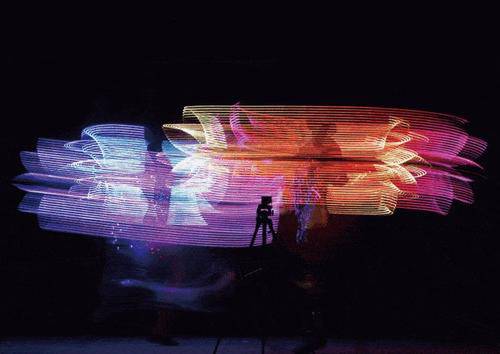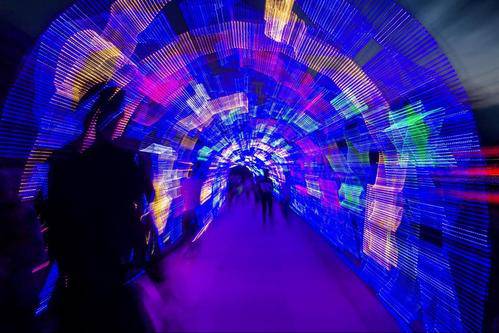With the rapid development of the LED lighting industry, LED lighting has been quickly integrated into our lives with its green and energy-saving advantages, and LED lighting has gradually become intelligent and is also widely used in architectural lighting design. When the night begins, we will feel the unique charm of the combination of LED lighting and architecture when walking in the streets.
The first picture is the National Centre for the Performing Arts. The National Theatre at night is particularly beautiful against the backdrop of the lights. At the same time, it is reflected in the water like a bright pearl from a distance. The second picture is a castle. Although there is no gorgeous lighting, it looks more vivid.
From the above two cases, architectural lighting does not necessarily need to be very gorgeous, but to be in harmony with the surrounding environment, highlight the main body, and achieve the effect of distinct primary and secondary, red flowers and green leaves. LED lighting has been applied incisively and vividly in architectural lighting design, which adds a lot of color to various buildings. At the same time, it also brings another problem, that is, light pollution.
Outdoors-coexist in harmony with the natural environment
Regarding light pollution, some people may define it as a light source that adversely affects life, so they throw the beam into the air, but is this another form of light pollution? The clear night sky should be full of stars, but in the city the light is too bright to cover up the light of the stars. The first picture above is the bustling Shenzhen city at night. Can you still see the stars? But in the countryside without much architectural lighting, the sky is full of stars. With the progress of society, architectural lighting has been unavoidable, which means that the problem of light pollution will not be completely eliminated. However, architectural lighting should be more coordinated with the surroundings, rather than blindly grabbing attention with brilliant lights, after all, a little bit of stars is the true color of the night sky.
Indoor-meet people's health needs
Like outdoor architectural lighting, indoor lighting needs to be coordinated with the surrounding environment. In addition to pursuing visual beauty, we should also consider our own physical and mental health.
It is understood that people have a preference for light. A low color temperature can give people a warm and comfortable feeling, and a high color temperature can give people a bright feeling. Therefore, indoor lighting varies from occasion to occasion. Bright white light is usually used during daytime work, which can refresh employees. In some coffee shops, warm colors are used to create a comfortable and relaxing feeling. For this reason, manufacturers also need to improve the quality of lighting based on such preferences.
Lamps-integrated with architectural lighting
The lamp can illuminate when it is intact, but if it fails, it will become one of the sources of light pollution. The display screen of some shopping malls was originally a good sign, but because one or two of them failed and did not emit light, it looked unsightly; some hotels or restaurants were decorated very elegantly, but it might be affected by the failure of one of the LED lamps. The image of the storefront. LED lamps are no longer independent individuals in architectural lighting. Good lamps will have the "icing on the cake" beauty, while malfunctioning lamps will amplify the overall inconsistency of architectural lighting.
Technology is advancing, and architectural lighting is also developing. From traditional light source lighting to today's humanized and intelligent LED lighting, the lighting quality is continuously optimized and upgraded. With the continuous development of lighting demand, intelligent lighting products should take into account environmental and health factors, and pay more attention to consumer experience.

